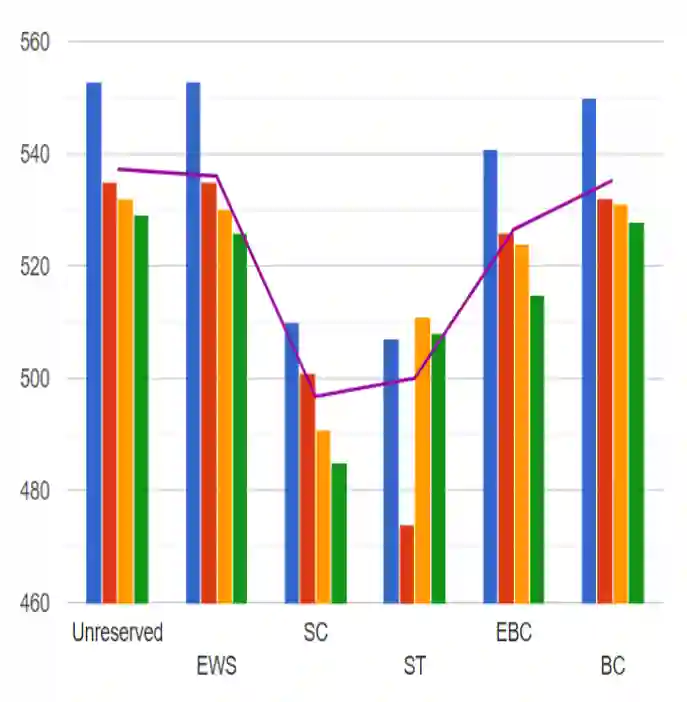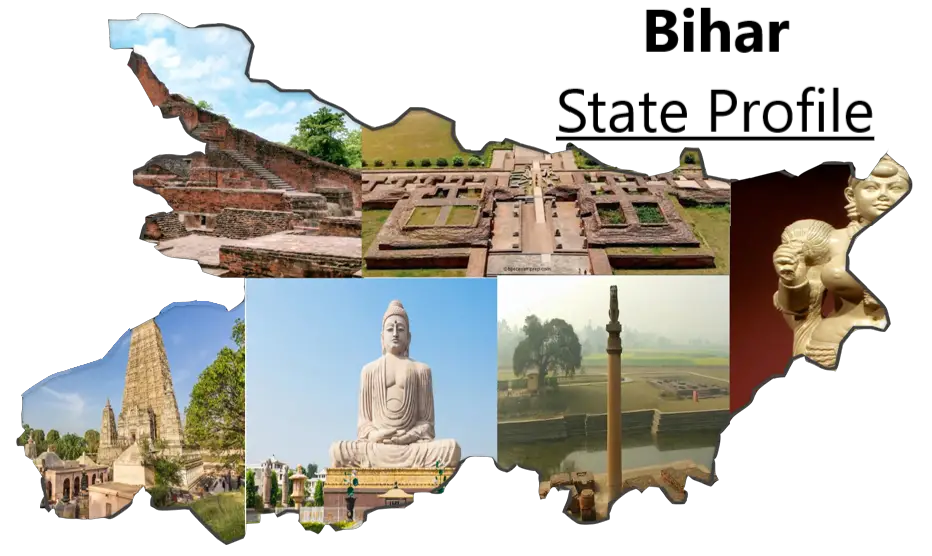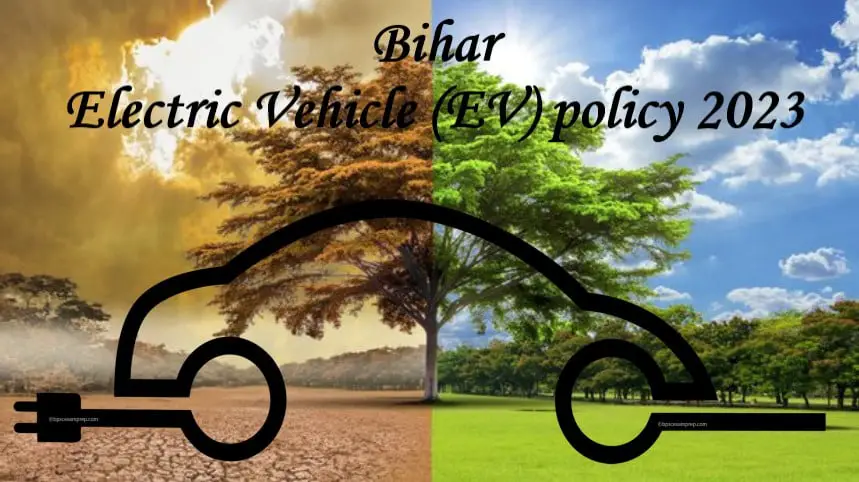Early warning systems:
Floods and droughts are often preceded by certain weather patterns, such as heavy rainfall or prolonged dry spells. By using advanced weather forecasting tools, satellite imagery, remote sensing technologies, and meteorological data, scientists can accurately predict the onset and severity of these events, enabling early warning systems to be put in place. Various governmental agencies such as India Meteorological Department (IMD), Central Water Commission (CWC), and Defence Research and Development Organisation (DRDO) actively use these technologies to issue early warnings for floods, droughts, heatwaves, cyclones, thunderstorms, landslides, avalanches and more.
Prediction and forecasting:
Science and technology are used to develop models to predict and forecast natural disasters. For example, at present, flood forecasts are issued by Central Water Commission (CWC). The CWC provides a statistical methodology based on short-range flood forecasts to predict likely increases in water levels in rivers. This system has been developed using modelling software for flood forecasting, which is updated every three hours during the monsoon season.
Monitoring and surveillance:
Technology is used to monitor and track the movement and impact of natural disasters. This includes the use of drones, satellites, and other remote sensing technologies to gather data and assess the extent of damage caused by a disaster. For example, the Indian Space Research Organization (ISRO) used its satellites like Oceansat-2, Resourcesat-2, Cartosat-2 and 2A and INSAT 3DR to send real-time images to the ground station and monitor flood situations during the 2018 Kerala floods. The Bihar government has also signed a memorandum of understanding (MoU) with ISRO for real-time monitoring of natural calamities such as floods and droughts.
Search and rescue operations:
To aid search and rescue operations during disasters, science and technology play a crucial role. This includes the use of drones, thermal imaging, and GPS tracking to locate people who may be trapped or in need of help. For example, this was seen during the 2021 flash floods in Chamoli district of Uttarakhand where drones and remote-sensing equipment were used to locate and rescue workers trapped in Tapovan tunnel.
Moreover, recently during the rescue operations in the Silkyara tunnel of Uttarakhand, we have seen Trenchless technology, which is a method of creating a passage through the debris using steel pipes and an augur machine, which is a device that drills through the rubble using a rotating screw blade. Also, devices such as Ground penetrating radar and Robotic camera played crucial role in rescue operations.
Hazard mapping and risk assessment:
Science and technology are used to map potential hazards and assess the risk of natural disasters in a given area. This information can be used to inform planning and development decisions to minimize the impact of disasters. For example, the National Disaster Management Authority (NDMA) has developed hazard maps for major natural disasters, such as earthquakes, floods, droughts, cyclones, thunderstorms and landslides, which helps communities prepare for and respond to such events.
Communication and information sharing:
Technology plays a major role in improving communication and information sharing during disasters. This includes using social media platforms, mobile applications, and websites to share real-time updates, warnings, and emergency information. For example, recently, the NDMA has developed an app in a joint venture with IIT Roorkee that can predict natural disasters and will alert beforehand. Moreover, the Indravajra app was launched by the Disaster Management Department (DMD) of Bihar to warn people that an area could be hit by lightning, at least half an hour in advance.
Infrastructure development:
Another important area where science and technology can be used in disaster management is infrastructure development. Floods and droughts can cause significant damage to infrastructure such as roads, bridges, and buildings, which can impede rescue and relief operations. By using advanced engineering techniques and materials, it is possible to design and construct infrastructure that is resilient to such disasters. For example, flooding events in the Kosi River mainly occur due to embankment failures, therefore, a site-specific technical solution like the use of geo-textiles in riverbank embankment protection can be deployed.
Moreover, the problem of floods in north Bihar and droughts in south Bihar can also be solved through infrastructure development of canals, channels, and reservoirs, with the aim of transferring water from water-surplus areas to water-deficit areas. In this context, river interlinking can play a crucial role in mitigating the impact of floods and droughts simultaneously. Projects such as Kosi-Mechi, Bagmati-Ganga, Gandak-Noon, Bayan-Ganga, Sakri-Nata link, Sone Dam – Southern Tributaries of Ganga link are in progress to resolve this ambitious aim.
Recovery and reconstruction:
The application of science and technology can play a vital role in the recovery and reconstruction efforts following a disaster. One such example is using 3D printing technology to expedite the production of replacement parts for critical infrastructure that may have been damaged or destroyed during the disaster. This technology offers a cost-effective and efficient solution to the challenges of traditional manufacturing, enabling faster and more precise production of complex components. An illustration of this is the recent construction of a disaster-resistant dwelling unit in Ahmedabad Cantonment by the Indian Army, which was produced using 3D printing technology. This technology has the potential to revolutionize disaster recovery and reconstruction efforts by reducing the time and resources needed to rebuild damaged infrastructure and help communities to recover and rebuild more quickly.
©https://bpscexamprep.com
In conclusion, floods and droughts have been the major hurdles in the growth and prosperity of Bihar. However, science and technology have the potential to play a crucial role in mitigating the impact of such disasters. Early warning systems, prediction and forecasting, monitoring and surveillance, search and rescue operations, hazard mapping and risk assessment, communication and information sharing, infrastructure development, and recovery and reconstruction are the key areas where science and technology can be applied to disaster management in Bihar. Nevertheless, it is also important to adopt a holistic and integrated approach that takes into account the social, economic, and political dimensions of disasters, and that involves all stakeholders, including communities, civil society organizations, and governments, in the planning and implementation of disaster management strategies.
***






